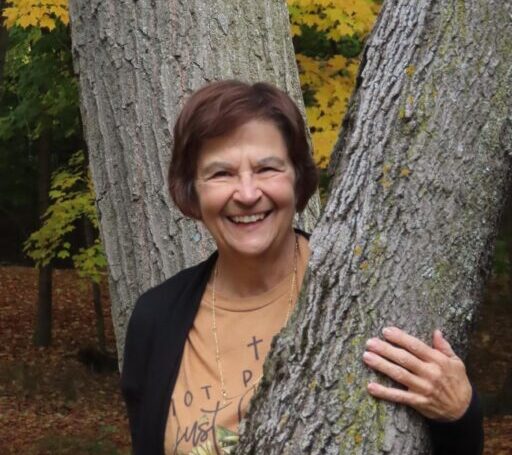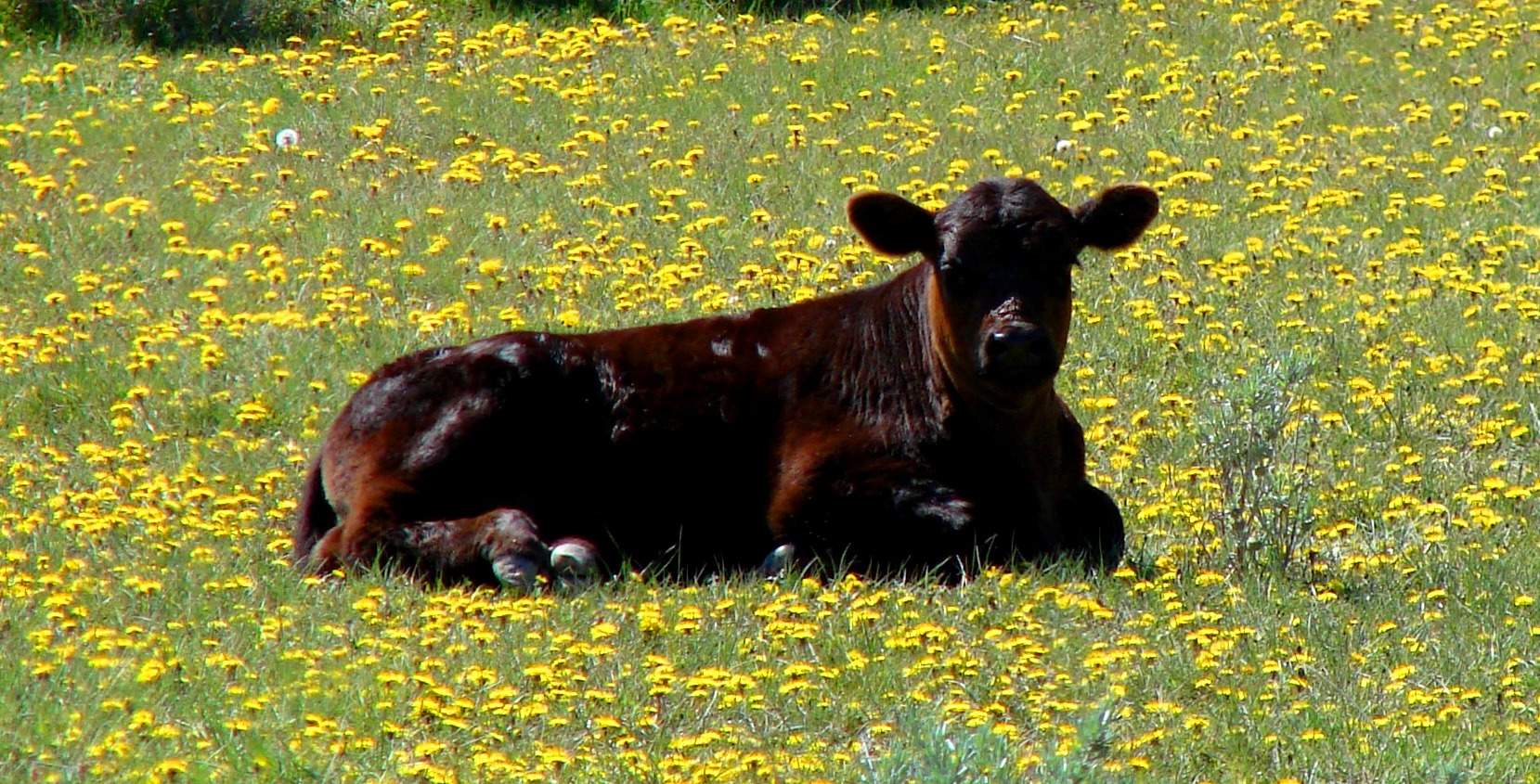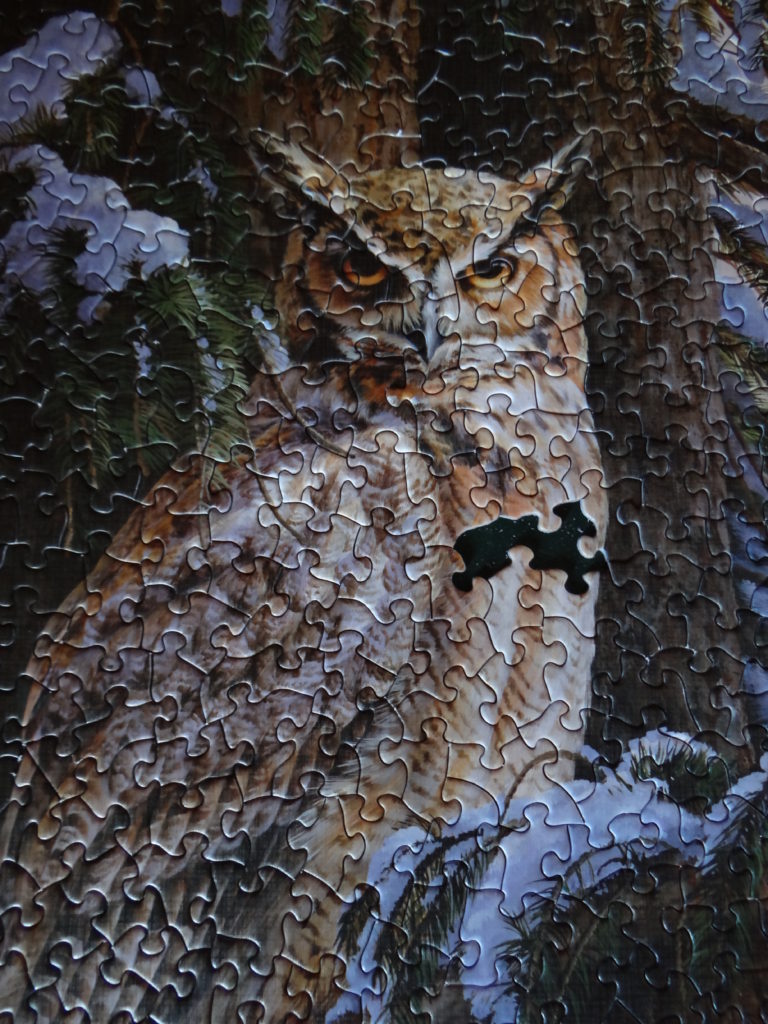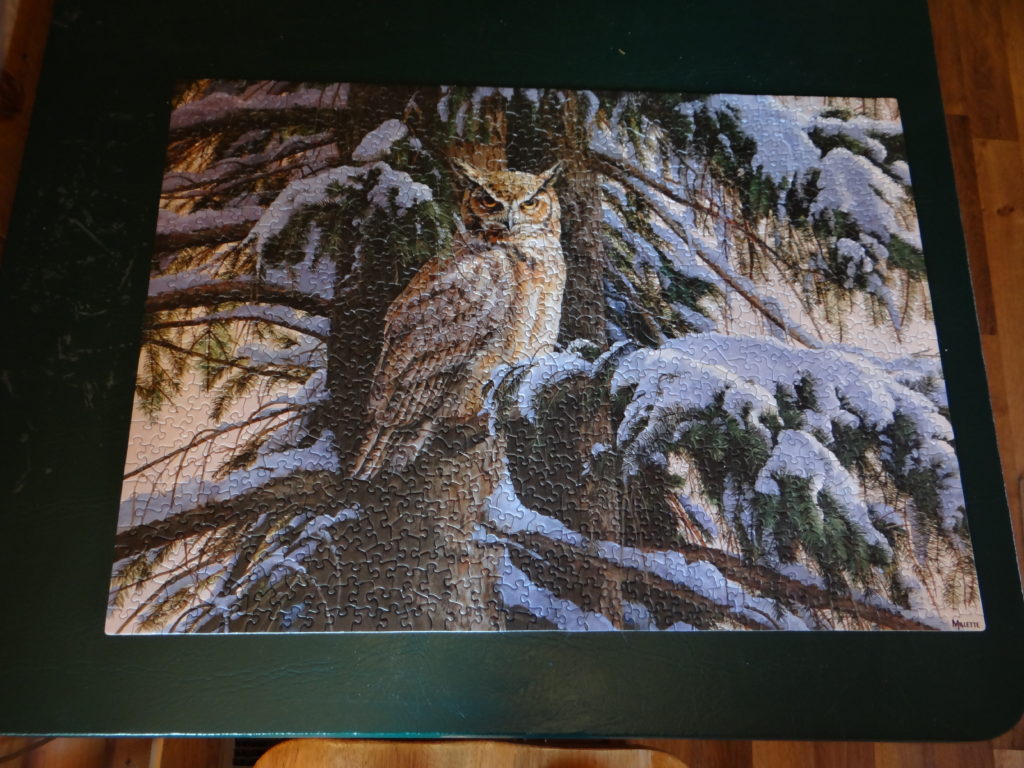Garden Maintenance
Gardening has become a spring anticipatory event for me. I start watching the long range weather forecasts the beginning of May. Will it be safe to put my garden in by Mother’s Day or will that be a foolish move I’ll regret? Should I be patient and wait for Memorial Day like many of the locals do? Do I trust the weatherman that gives me the green light to plant early this year, or do I play it safe – avoiding the “I told you so,” that the locals are sure to say if a freeze wipes out my tomatoes.
I think about my options for about two minutes. With a small shovel in one hand and a favorite trowel in the other, I head for the garden spot somewhere close to Mother’s Day. As I remember, I only had to hold my breath two nights of those first two weeks. The morning I turned my calendar up to June, I felt a bit smug to have carrots, radishes, peas, and lettuce already above ground. My tomatoes were looking good, too. Was it too preposterous to think we might be eating BLT’s and Mom’s macaroni salad (with tomatoes and cucumbers) before being threatened with the first fall frost?
I find it fun to try some new things in my garden each year. This year I had extra space available to do more of that. I realized through the growing season of 2017 that next year I should cut back on my zucchinis, yellow squash, beets, radishes, and cabbage. My first clue was catching the neighbor’s blinds closing when approaching with my little red wagon.
I gave it a lot of thought what to put into my extra space. I thought about broccoli and Brussels sprouts for a nanosecond. Corn was an option, but not a good one. We have coon that like to hang out on the banks of Spearfish Creek; fifty steps from our house. These masked little guys would no doubt love some corn in their backyard – fence or no fence. I’ve never been too excited about green beans or jalapeno peppers.
After scrutinizing all sides of the turntable seed display at the local Bomgaars, I settled for arugula, watermelon, cantaloupe, and four celery plants. I had not planted any of these things in any of my previous gardens. I was a little embarrassed to have to ask the clerk how to pronounce “arugula.” When she shrugged her shoulders, I was more than okay with that.
I considered growing my watermelon in boxes to make them square like they do in Japan for ease of stacking. Now that I’ve turned my calendar to July and I’m seeing the progress of my three struggling watermelon plants, I’m more convinced than ever that attempting to produce square melons would have been fruitless. It may still be.
I work in my garden almost every day – hoeing, fertilizing, pulling weeds, harvesting lettuce, arugula, and peas, powdering the cucumbers, cantaloupe, and watermelon. It reminds me of the sign I saw this morning in Belle Fourche, SD – Another great day – ruined by responsibility. Anyone who has even had a small garden, knows it’s a lot of work to maintain.
I consider all the hours in a week I put into my garden to make it look nice and to insure we get a bountiful harvest. I compare that with the time I put into growing friendships and maintaining those I have. If I’m truthful, my friendship garden is often wilting from infrequent rains and I am guilty of not sharing my sunshine with those that could use some encouragement.
For the next few weeks I will try to maintain both my gardens just a little bit better, tending to friendships as well as vegetables.
Until next month – ‘keep on readin’ and I’ll keep on writin’.



